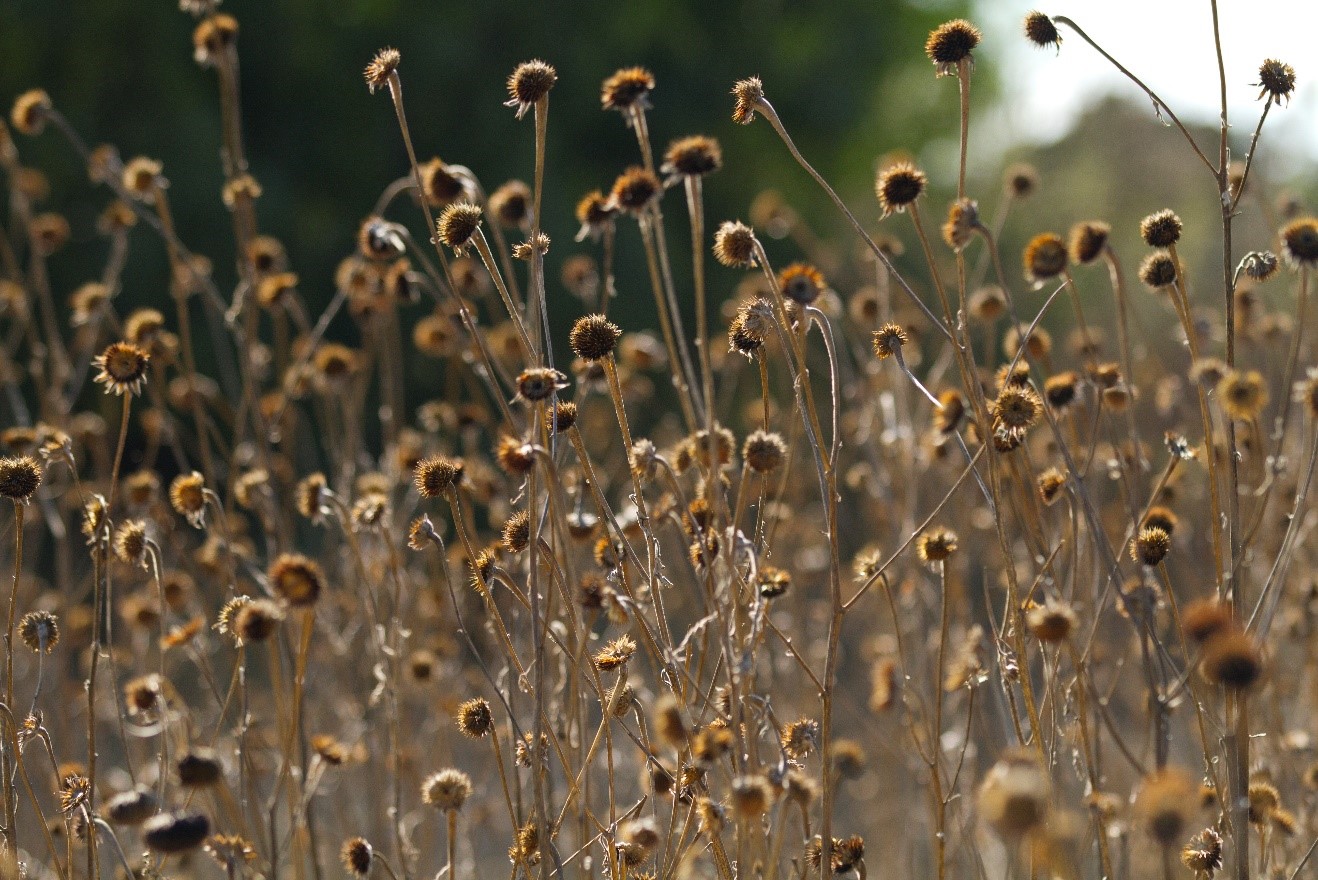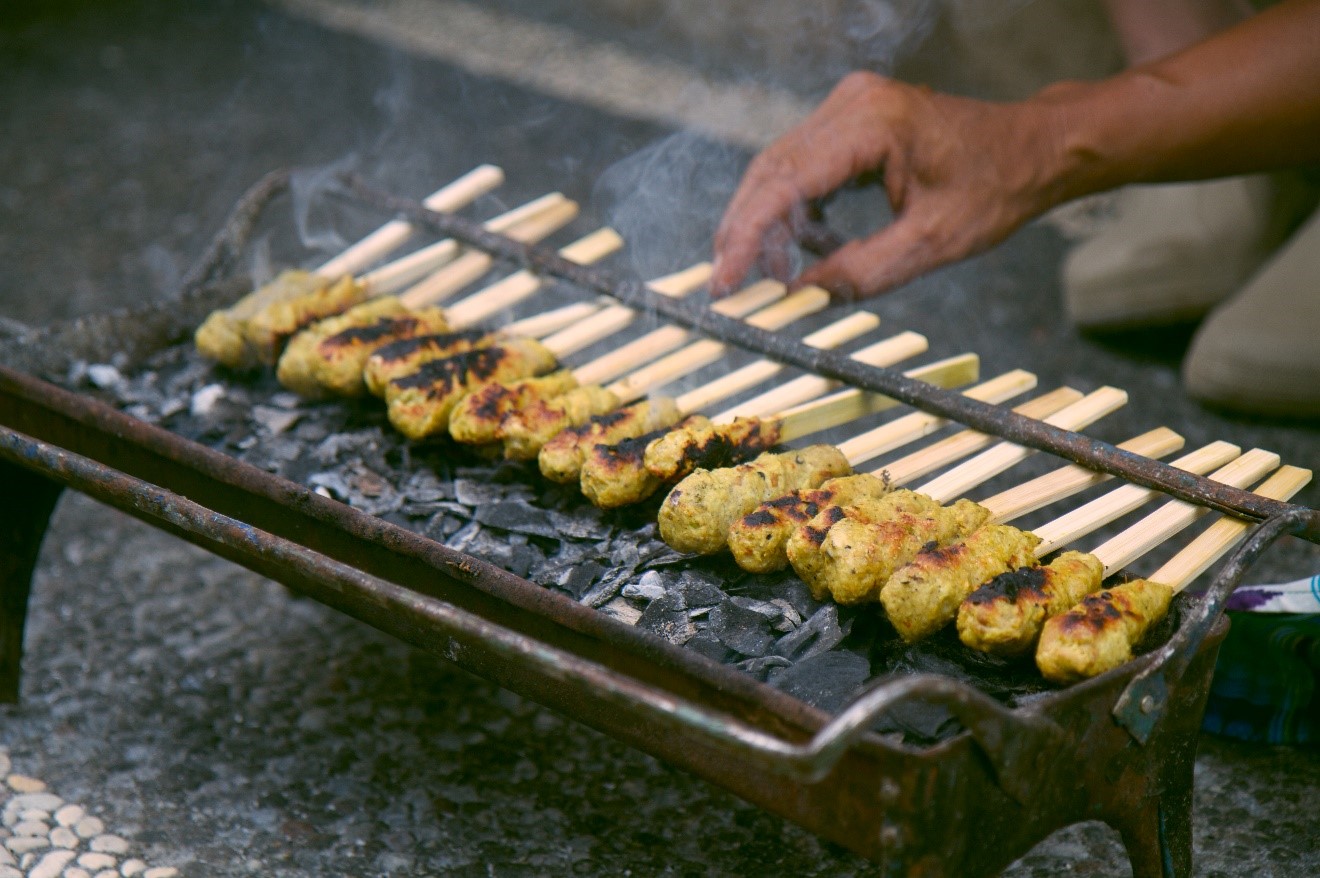
Photo Jargon – What’s a “Nifty Fifty” Lens?
As one of my go-to lenses for unique travel photography, this is one of the most fun lenses out there when for turning the ordinary into the extraordinary. And when it comes to “x-factor lenses”, the “nifty fifty” is often one of my first considerations when packing my camera bag before a trip.
Plain and simple, a “nifty fifty” is a fixed 50mm lens with a very wide maximum aperture (i.e., the f/stop number). It is prime meaning that you can’t zoom at all—you’re stuck at 50mm, but the upside is significant. Most nifty-fifty lenses are capable of f/1.8, f/1.4 or f/1.2—all of which are SERIOUSLY wide apertures. It should be noted here that for mirrorless systems, which have a 2x crop factor, these 50mm are actually are 25mm lenses giving you the same ultimate focal length. Nifty twenty-five just doesn’t have the same ring, though.

How does this lens apply?
So, how does this apply to travel photography? Basically the reason why you’re using this lens is for the incredibly shallow depth of field. Sure, a wide aperture can also give you wonderful lens speed (i.e., able to shoot fast shutter speeds no matter how much or how little light you may have), but at 50mm, this isn’t all that much of an advantage compared to ultra wide angles (for landscapes and astrophotography) or big telephotos (for wildlife photography). The 50mm is very much in between, such that you can’t really get big sweeping landscapes, nor can you get close enough to an animal to really take advantage. It’s actually much more like what your eye naturally sees. Nevertheless, if you force yourself to use it, you’ll start seeing opportunities all over the place.

Thus, the real plus-side is the “slice of focus” it will give you to take images to the next level. I like to think of it as a “street photography” or “documentary photography” lens. People, bustling markets, interesting street food—these things all become super interesting when you use this very shallow depth of field.
How to use it
Because the applications for using a nifty-fifty are a little atypical, I find that it works best if I force myself to use it. That is, when I leave the hotel, jungle lodge, etc., for the day, I’ll ONLY bring this lens. That way, I’m obligated to only use it and nothing else. And I find that I see things a little differently–and learn a lot! Now, I definitely don’t recommend doing this if you’re in some sensational wildlife area and you’re going to miss a bunch of shots by not having a telephoto or wide-angle with you. Rather, I generally do this when I know we’re going to be in markets, at cultural performances, cooking classes, or more cultural or travel-related photos exclusively.

Once again, the brilliance of this lens is it’s very shallow depth of field. As you can see from the above photo, even the slightest blur can yield really dramatic results. Thus, I’m almost always shooting with this lens “wide open.” That is, at its maximum aperture. In the case of my Canon nifty-fifty, it’s a 50mm f/1.4. Thus, I’m shooting at f/1.4, f/1.8 or f/2…nothing more.
There are other nifty-fifty lenses out there, for all major platforms as I mentioned earlier, and one of the best intro lenses out there is Canon’s 50mm f/1.8, sold at the very affordable $90 brand new. There are of course better versions at higher price tags, but even the intro level ones are very good quality. Do some searching and Nikon, Olympus, Sony, and others make equally great versions.
I do this lens as something every photographer should get as soon as possible. Not only does it give you a unique tool that helps you differentiate your photography, but it’s a great way to better understand how to use depth of field and manipulating your aperture.
So now you know—next time you hear someone say “bring your nifty-fifty for some great travel photos”, they’re referring to your 50mm wide aperture lens (or 25mm for some of the mirrorless systems out there).
Now go forward and give it a shot,

Court
Leave a reply